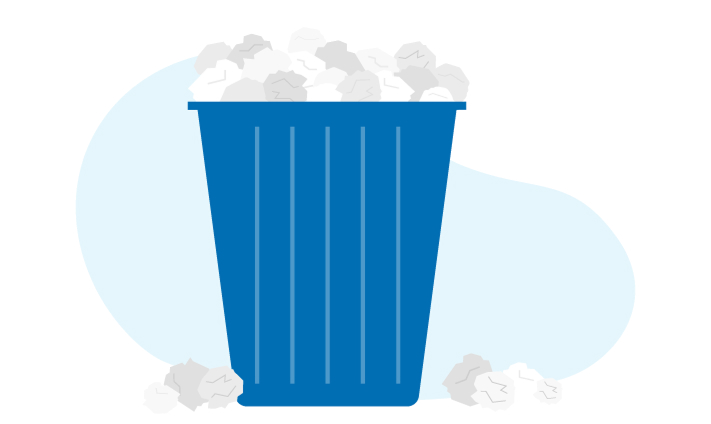Our homes face extreme elements over the winter months. Taking care of your home’s exterior has long-term benefits; making small repairs now can prevent larger, more expensive problems in the future.
These steps will help ensure there’s no serious damage to your home, and it remains energy efficient throughout the year.
Any maintenance or repairs that involve going on the roof, or any work you’re unsure about or uncomfortable doing on your own, should be handled by a professional.
- Inspect roof shingles. They’re your first line of defense against weather. From the ground or a ladder, look for signs of damage like missing, raised or warped shingles and other irregularities. If there are problems, have a qualified roofer do an inspection and make any necessary repairs.
- Clean your eavestroughs and downspouts. Winter ice and snow can cause damage and lead to improper drainage. If water runs back toward your foundation, or pools on the roof, it may result in water damage to the inside of your home. Follow these additional tips to reduce the risk of a flood around your home during the wettest time of the year.
- Check out the chimney. Look for signs of damage at the top of the chimney. Typically, there’s a chimney cap with a grate and/or a rain cover. If you’re comfortable getting on the roof, inspect the rubber that waterproofs the edges where the chimney meets the roof, also known as flashing, for any gaps, bends or cracks that water could penetrate.
- Clean and service your air conditioner. Shut off the power to the outdoor unit, clean the grill/cage and the fan of debris. Rake around the unit and cut back branches to allow for proper airflow. Inside your home, don’t forget to change your furnace air filter regularly.
- Clean the siding. Pressure washers are ideal for cleaning the outside of your home. If you don’t own one, look for a business that provides rentals in your community. If you have wood siding, check the condition of the paint for any blisters or cracks and repaint any problem areas to help prevent rotting.
- Inspect the decks and patios. Wooden decks, including railings and stairs, require staining every few years to protect against the weather. Be sure to inspect deck posts where they contact the ground for signs of rotting.
- Examine exterior caulking. Take a closer look at the caulking around your doors, windows and vents. Deteriorated caulking should be scraped out and replaced to reduce air conditioning use.
- Survey the landscaping. Low lying areas of your lawn should have additional soil laid down to prevent pooling of surface and rain water. You should also trim your bushes and trees as required.
What about inside my house, condo or apartment?
A thorough spring cleaning, specifically targeting the areas you often neglect, can reduce clutter, improve your health, and, if you live in a rental property, protect your security deposit:
- Dust your shelves, vents, electronics and hard to reach spots like fan blades, baseboards and crown molding.
- Clean and vacuum your floors, carpets, and couches.
- Wash your windows (inside and outside where accessible), blinds and curtains. Be sure to check window screens and sills as well.
- Scrub the grout between your kitchen and bathroom tiles.
- Replace the batteries in your smoke and carbon monoxide detectors.





 Home
Home
 Auto
Auto
 Life
Life
 Recreation
Recreation

